For many ski resorts in Switzerland, a country with 1,500 ski lifts, global warming has resulted in seasons with little or no snow for several years. “In Mont-Noble, a small resort high above Sion, we’ve been unable to open for three Christmases in a row. If that happens again this year, you have to wonder whether it’s worth continuing to support this activity,” questions the researcher Christophe Clivaz. He represents the town of Sion on the governing body of the commune of Mont-Noble. Clivaz is also the co-author of a popular science book about the challenge posed to the winter-sports industry by climate change.
The outlook is rather bleak for some resorts, especially those at medium altitude, including some which can no longer operate without large-scale investment. Canton Vaud has already stated that it will “gradually withdraw from the worst affected ski areas”, according to a report by the canton in 2013. In general, the cantons of Ticino, Uri and Valais are particularly vulnerable to snowfields retreating, as shown by research.
Artificial snow
Clivaz, who lectures at the Institute of Geography and Sustainability at the University of Lausanne, is calling for the development of a different economic model for the mountain regions, where tourism generates up to 30 % of the added value created in some places. There is little evidence that this work has begun, apart from in Grisons, “which seems incredibly capable of adapting”. “We are seeing companies sustained single-handedly by public entities which are opting for artificial snow and new facilities. All the small resorts are competing with one another for customers against the backdrop of a general decline in people taking part in winter sports,” remarks the tourism expert. What about the large-scale real estate developments in Amimona and Andermatt? The author believes they are “geared towards the winter season and belong to a different era”.
High-altitude resorts that have been less affected by global warming, such as Zermatt, for example, can take advantage of the situation by attracting European skiers deprived of snow. “The ski areas generating most of the revenues in the industry will always be certain of snow in future,” the study states.
The appeal of cool retreats
Christophe Clivaz is calling for “a plan for disinvestment in ski lift infrastructure in order to shift towards an economy based on the needs of the resident population”. With this kind of model, the village of Nax, situated below the Mont-Noble resort, could welcome people from the region all year around or for short breaks, and also provide accommodation for town dwellers, according to the Valais-born author. The Alps will continue to provide cool retreats, which will become all the more appealing as summers by the sea become ever hotter, stress the three authors of the book “Tourisme d’hiver. Le défi climatique” (Winter Tourism – the Climate Challenge).
Another change taking place is advancements in the working world which enable resorts like Verbier to attract as residents people who run their businesses online. Christophe Clivaz also raises the question of people’s desire to enter the tourism sector. “In Valais, apart from Zermatt, which has a strong tradition of hospitality, lots of parents are advising their children against taking this career path,” he says. Various original initiatives in the mountains are being run by young people from abroad. The professor from Valais highlighted two examples: a sleep-on-straw bed and breakfast offer in Saxonne, run by an English woman, and the high-quality barns in the hamlet of Commeire owned by Belgians. The study also draws attention to the fact that the tourism industry is one of the reasons for climate change. In 1998, tourism was responsible for 5.2 % of greenhouse gas emissions.
Christophe Clivaz, Camille Gonseth and Cecilia Matasci: “Tourisme d’hiver. Le défi climatique” (Winter Tourism – the Climate Challenge). Presses polytechniques et universitaires romandes.
Picture Many Swiss ski areas have had to resort to artificial snow due to the lack of snowfall. Photo: Keystone
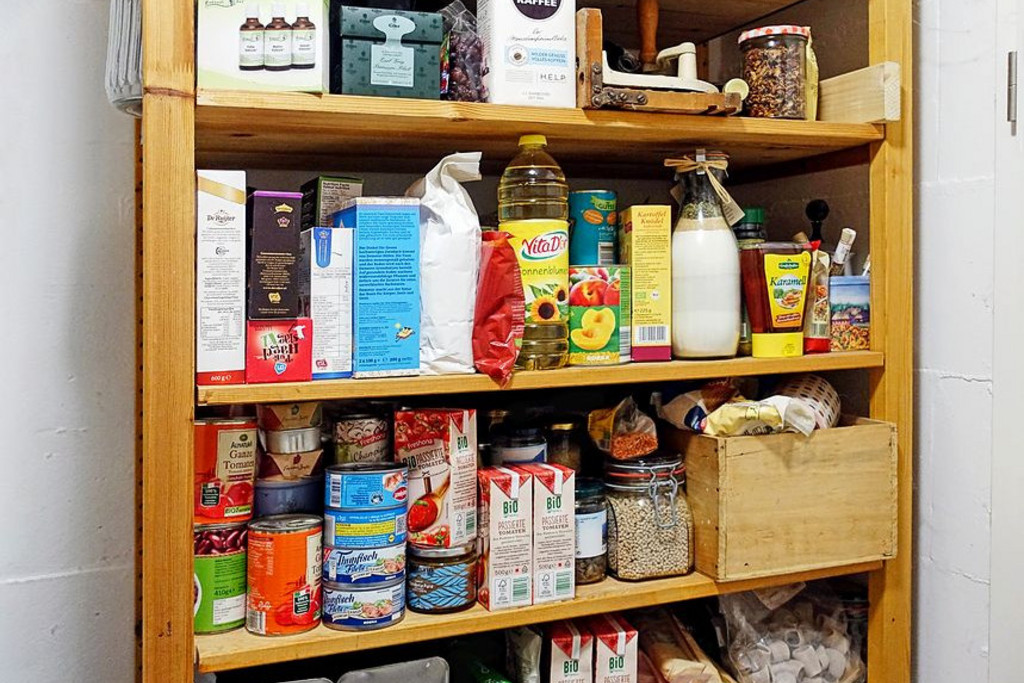
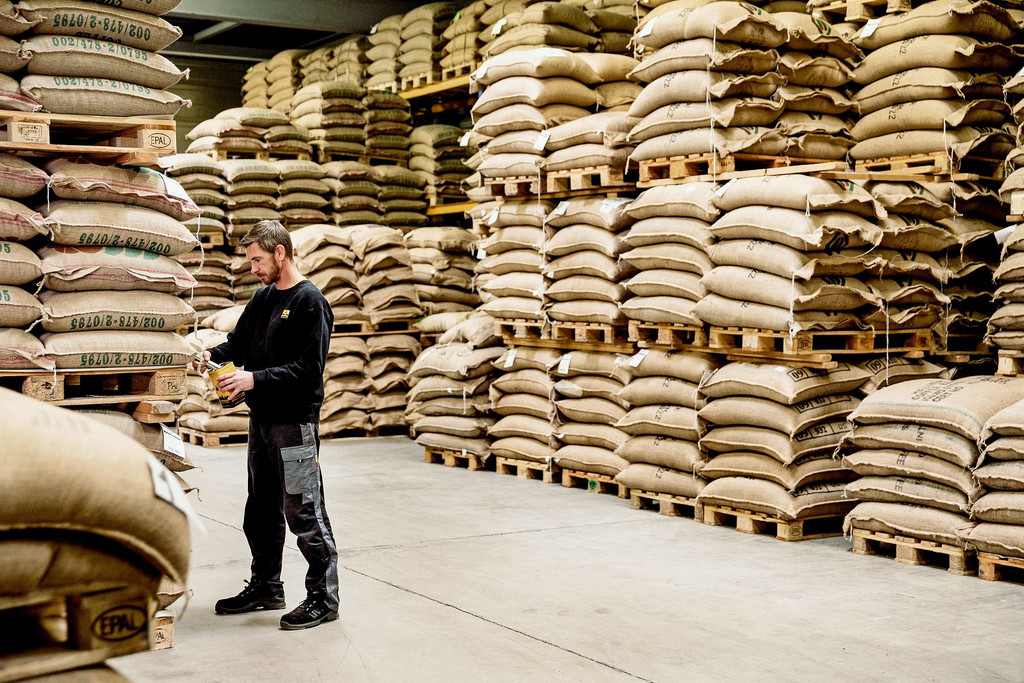


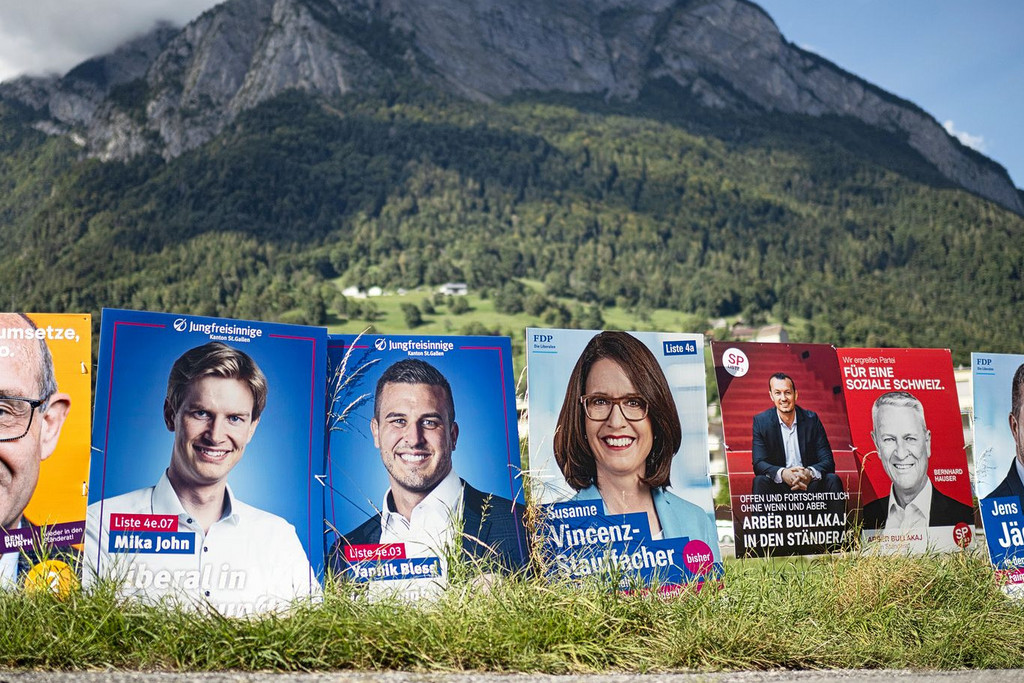
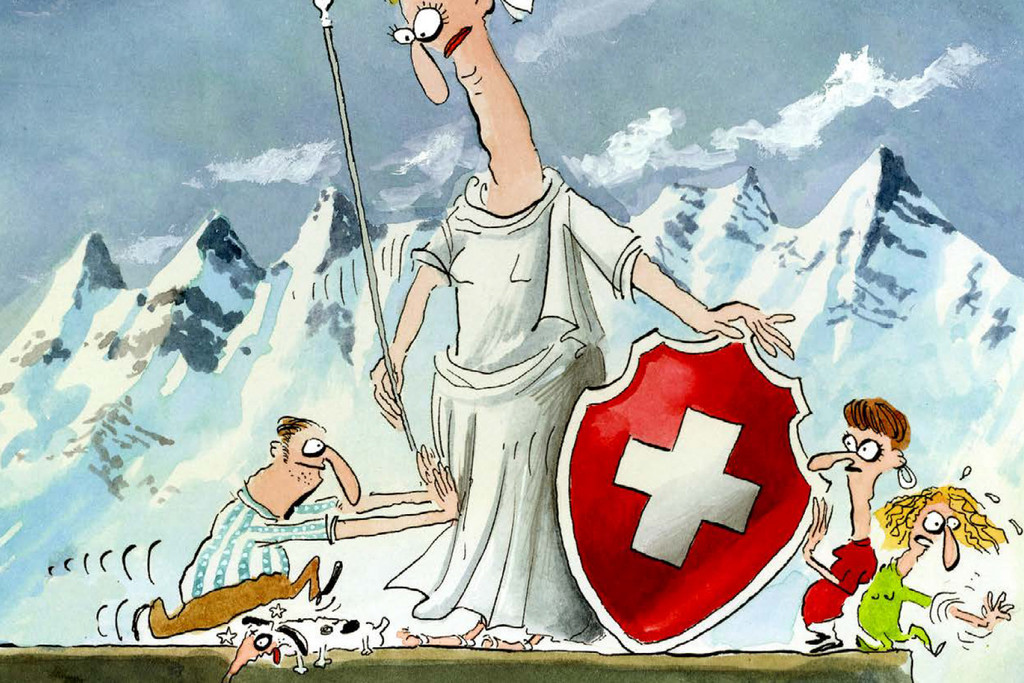
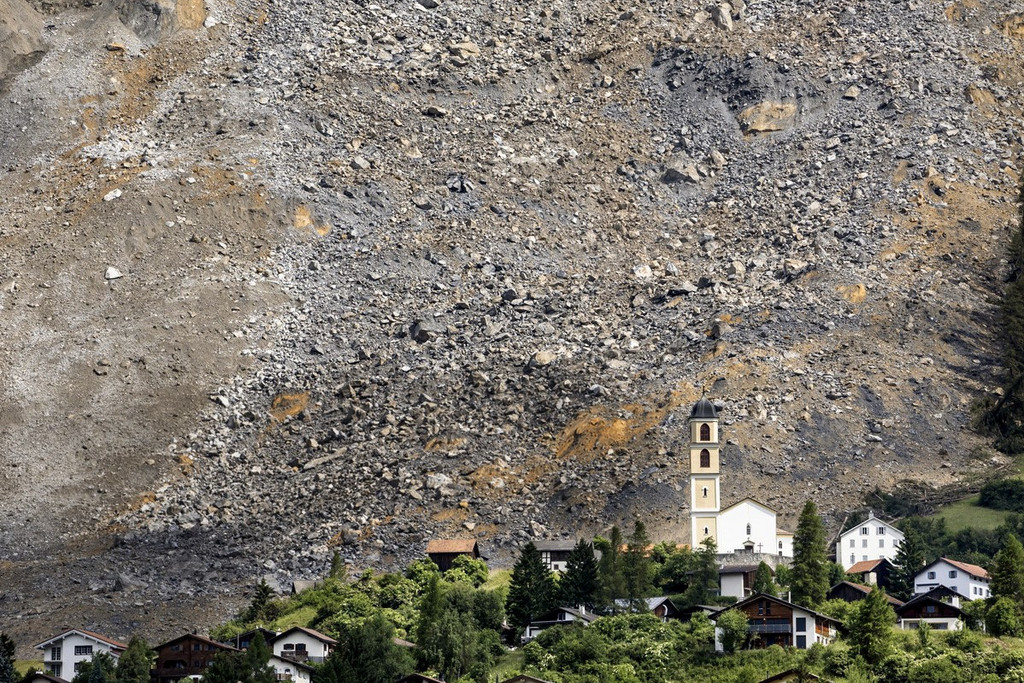




Comments
Comments :